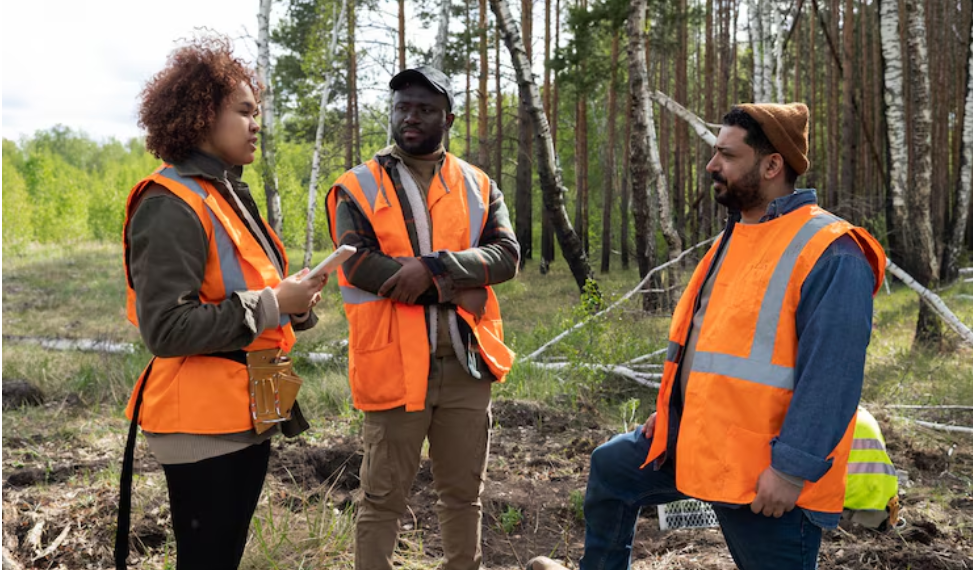Excavation and trenching operations consistently rank among construction’s most hazardous activities, with cave-ins posing immediate life-threatening risks to workers. The critical nature of proper support systems cannot be overstated – they literally stand between workers and potential burial under tons of earth. Understanding and implementing comprehensive safety protocols for these support systems requires unwavering commitment from everyone involved, from project managers to field personnel.
The regulatory framework governing excavation safety provides minimum standards that professional contractors must exceed to ensure worker protection. OSHA’s excavation standards mandate protective systems for excavations exceeding five feet depth, with specific requirements for different soil types and conditions. However, experienced shoring contractors recognize that regulatory compliance represents only the starting point for true safety excellence. Site-specific hazards, changing conditions, and unique project requirements demand protocols that go well beyond minimum standards.
Soil classification forms the foundation of safe excavation support design, yet field conditions rarely match textbook categories. Type A soil might transition to Type C with water infiltration. Previous construction may have disturbed native soils, creating unpredictable conditions. Competent person designation and training ensures that someone on-site can continuously evaluate these changing conditions and adjust protective systems accordingly. This real-time assessment capability distinguishes professional operations from those merely following predetermined plans.
The selection of protective systems requires matching solution to situation. Sloping and benching work well for shallow excavations with adequate space. Shoring systems using hydraulic or mechanical braces provide vertical wall support in confined areas. Shield systems offer mobile protection for utility work. Each system has specific applications, limitations, and safety requirements. Professional shoring companies bay area maintain diverse equipment inventories to match appropriate protection to each situation.
Installation and removal of excavation support systems present particular hazards that require specific protocols. Workers must never enter unprotected excavations to install shoring. Progressive installation techniques protect workers at each stage. Removal sequences must prevent sudden collapses as support elements are extracted. These operations demand experienced crews who understand the risks and follow established procedures without shortcuts.
Inspection protocols for excavation support systems extend beyond initial installation to encompass continuous monitoring throughout project duration. Daily inspections before work begins check for overnight changes. Rain, freeze-thaw cycles, vibration from nearby equipment, or adjacent excavation can all compromise previously stable conditions. Documentation of these inspections provides both accountability and learning opportunities for continuous improvement.
Emergency response planning for excavation incidents requires specialized preparation beyond general construction site protocols. Cave-in rescue demands specific equipment, trained personnel, and practiced procedures. While prevention remains paramount, preparation for potential incidents can minimize consequences. Regular drills, clear communication protocols, and coordination with local emergency responders enhance readiness. Excavation shoring contractors who prioritize emergency preparedness demonstrate commitment to worker safety.
The evolution of excavation safety continues as technology enables better hazard recognition and mitigation. Ground-penetrating radar identifies buried utilities and voids. Electronic monitoring systems detect wall movement before visible signs appear. Virtual reality training provides realistic hazard exposure without actual risk. These technological advances supplement but cannot replace fundamental safety practices and vigilant human oversight that remain essential for protecting workers in excavations.











